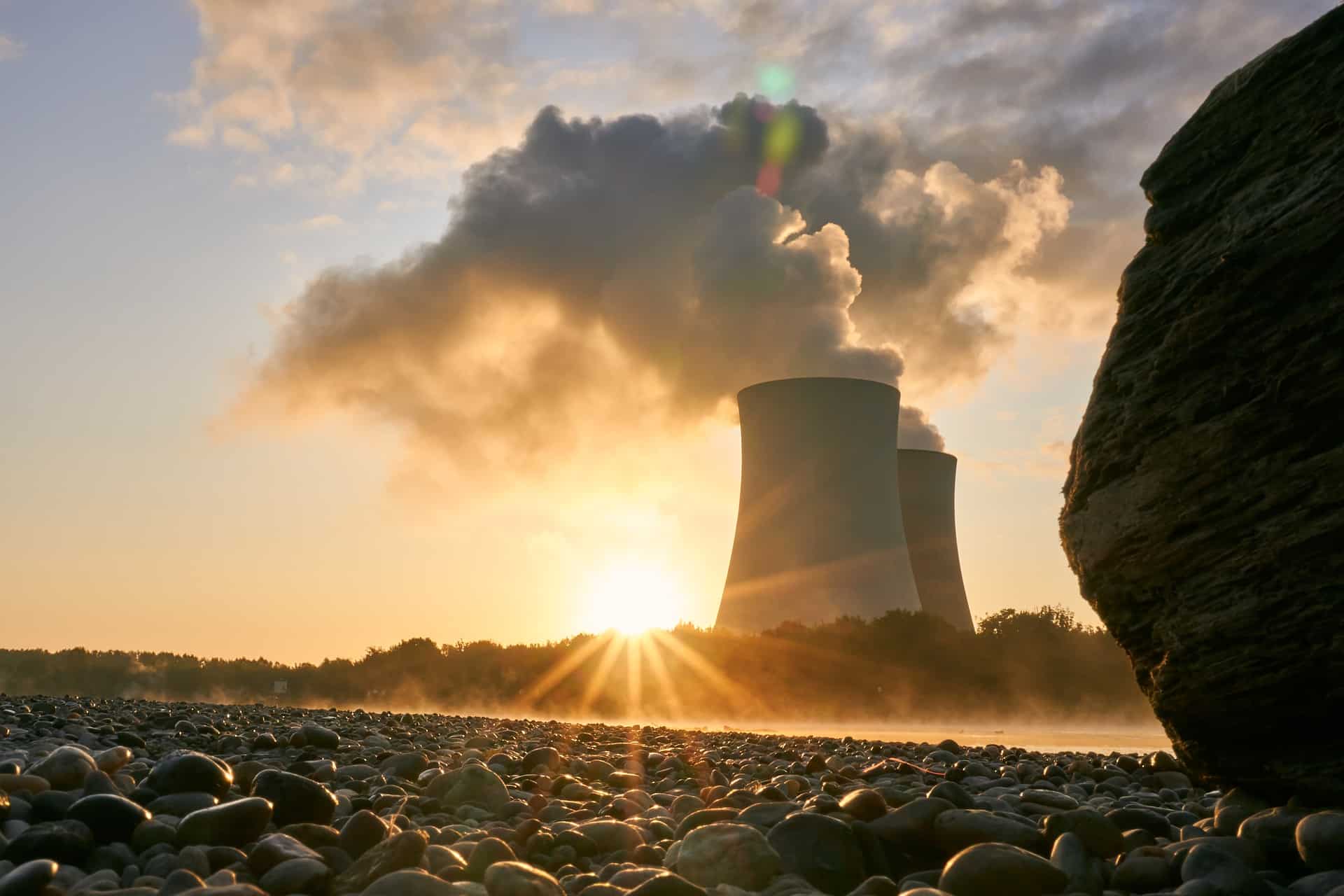Covid-19 and its economic and societal consequences continue to pose a critical threat to the world, says a World Economic Forum report.
The Global Risks Report 2022, released on Tuesday, said vaccine inequality and a resultant uneven economic recovery risk compounding social fractures and geopolitical tensions.
In the poorest 52 countries—home to 20 percent of the world’s people—only 6 percent of the population had been vaccinated so far.
By 2024, the report said that developing economies (excluding China) will have fallen 5.5 percent below their pre-pandemic expected GDP growth, while advanced economies will have surpassed it by 0.9 percent—widening the global income gap.
The resulting global divergence will create tensions—within and across borders—that risk worsening the pandemic’s cascading impacts and complicating the coordination needed to tackle common challenges
including strengthening climate action, enhancing digital safety, restoring livelihoods and societal cohesion and managing competition in space.
The Global Risks Report 2022 is based on the findings of the latest Global Risks Perception Survey (GRPS).
Asked to take a view of the past two years, respondents to the GRPS perceive societal risks—in the form of “social cohesion erosion”, “livelihood crises” and “mental health deterioration”—as those that have
worsened the most since the pandemic began.
Only 16 percent of respondents feel optimistic about the outlook for the world, and just 11 percent believe the global recovery will accelerate.
Most respondents instead expect the next three years to be characterized
by either consistent volatility and multiple surprises or fractured trajectories that will separate relative winners and losers.
According to the report, environmental risks are perceived to be the five most critical long-term threats to the world as well as the most potentially damaging to people and the planet, with “climate action failure”, “extreme weather”, and “biodiversity loss” ranking as the top three most severe
risks.
Respondents also signaled “debt crises” and “geoeconomic confrontations” as among the most severe risks over the next 10 years.
Technological risks—such as “digital inequality” and “cybersecurity failure”—are other critical short- and medium-term threats to the world according to GRPS respondents, but these fall back in the rankings towards the long term and none appear among the most potentially severe, signaling a possible blind spot in risk perceptions.
“Artificial intelligence”, “space exploitation”, “cross-border cyberattacks and misinformation” and “migration and refugees” are the areas where most respondents believe the current state of risk mitigation efforts fall
short of the challenge—that is, efforts are “not started” or in “early development”.
Economic challenges flowing from the pandemic persist and the outlook remains weak, the report said.
The global economy was expected to be 2.3 percent smaller by 2024 than it would have been without the pandemic.
Rising commodity prices, inflation and debt are emerging risks. Moreover, with another spike in COVID-19 cases towards the end of 2021, the pandemic continues to stifle countries’ ability to facilitate a sustained recovery.
The economic fallout from the pandemic is compounding with labor market imbalances, protectionism, and widening digital, education and skills gaps that risk splitting the world into divergent trajectories.
In some countries, rapid vaccine rollout, successful digital transformations and new growth opportunities could mean a return to pre-pandemic trends in the short term and the possibility of a more resilient outlook over a longer horizon.
Yet many other countries will be held back by low rates of vaccination, continued acute stress on health systems, digital divides and stagnant
job markets.
These divergences will complicate the international collaboration needed to address the worsening impacts of climate change, manage migration
flows and combat dangerous cyber-risks.
Short-term domestic pressures will make it harder for governments to focus on long-term priorities and will limit the political capital allocated to global concerns.
“Social cohesion erosion” is a top short-term threat in 31 countries—including Argentina, France, Germany, Mexico and South Africa from the G20.
Disparities that were already challenging societies are now expected to
widen—51 million more people are projected to live in extreme poverty compared to the pre-pandemic trend— at the risk of increasing polarization and resentment within societies.
At the same time, domestic pressures risk stronger national interest postures and worsening fractures in the global economy that will come at the expense of foreign aid and cooperation.
Risks identified as the most severe over the next 10 years by respondents:
Ist: Climate action failure
2nd: Extreme weather
3rd: Biodiversity loss
4th: Social cohesion erosion
5th: Livelihood crises
6th: Infectious diseases
7th: Human environmental damage
8th: Natural resource crises
9th: Debt crises
10th: Geoeconomic confrontation

